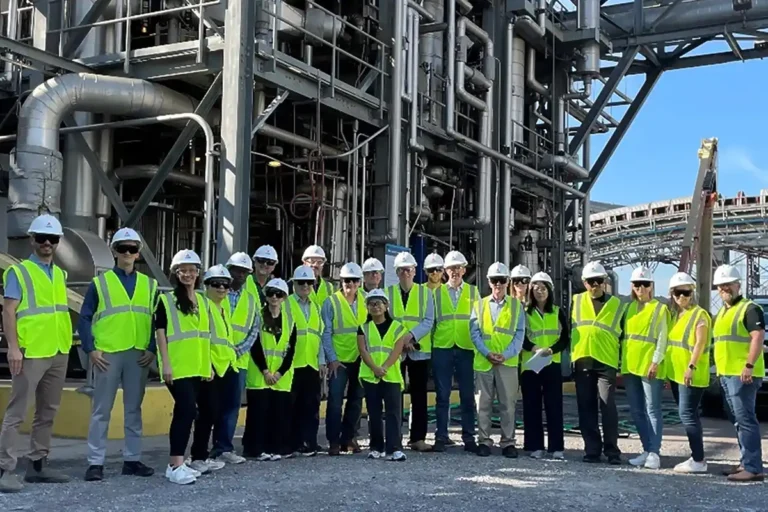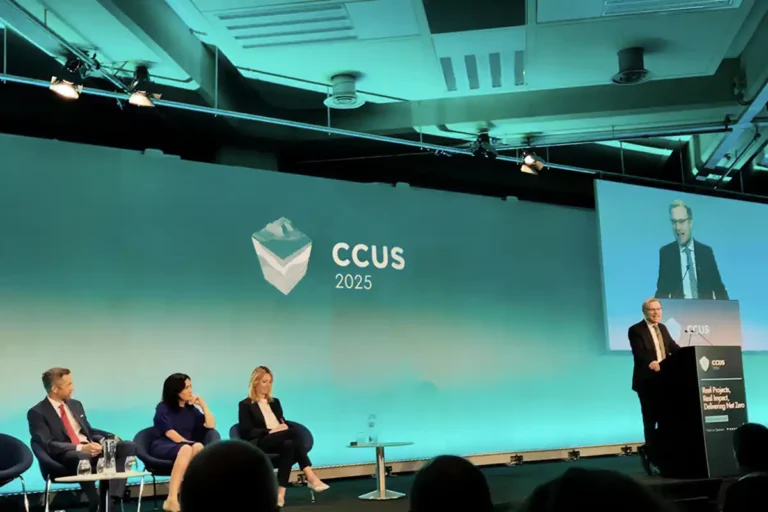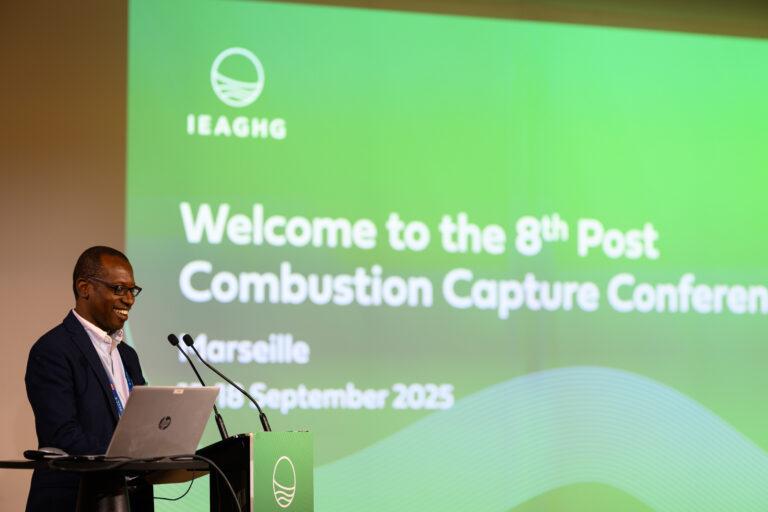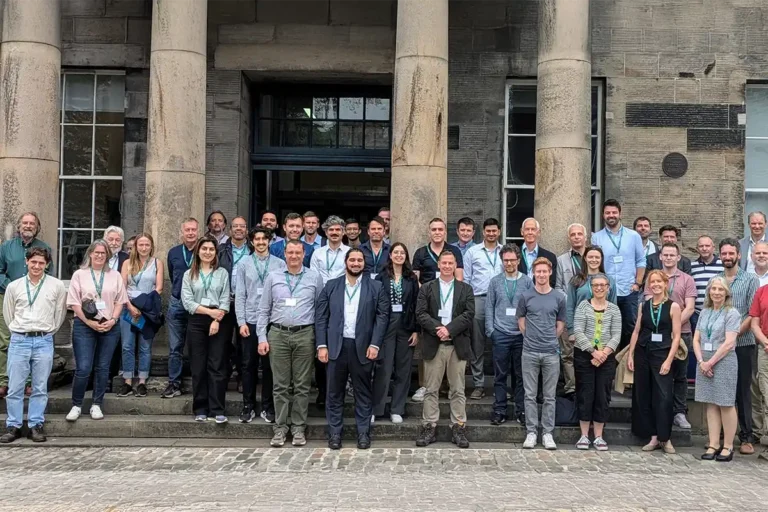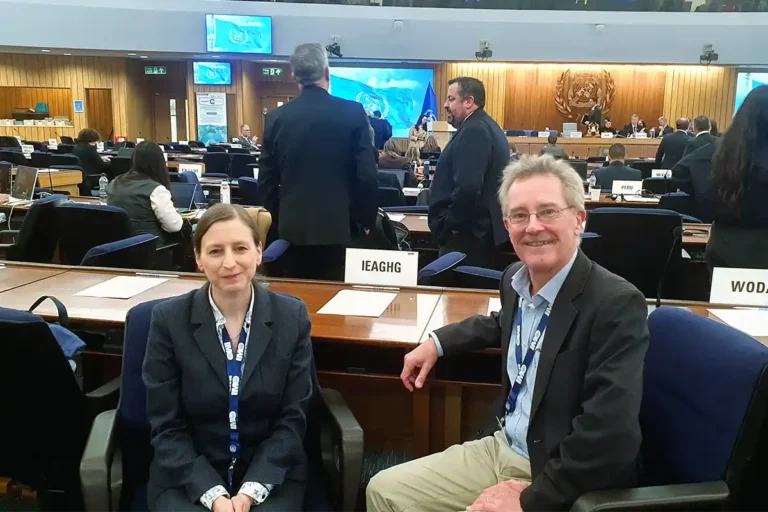
Do you enjoy a sandwich? Then you need to think about the GHG impact!!
26 January 2018

The origin of the word ‘sandwich’ for an item of food may have originated from a story about John Montagu, the 4th Earl of Sandwich. It is said that in approximately1762, he asked for meat to be served between slices of bread to avoid interrupting a gambling game. This story may have been rumour but soon people are reputed to have started ordering “the same as Sandwich”, and the name stuck!
From that day the great British sandwich went on to establish itself as a “culinary masterpiece” that is enjoyed around the world.
Whilst enjoying a “sandwich” myself for lunch, I was surprised to read an article in the Guardian newspaper that suggested scientists had been studying the greenhouse gas emissions arising from different sandwich types. Surely a joke, but no, scientists from the University of Manchester have published their research in the peer reviewed journal of Sustainable Production and Consumption. For those that sill doubt me follow this link: https://www.sciencedirect.com/science/article/pii/S2352550917300635?via%3Dihub
It seems the scientists considered 40 different sandwich recipes focusing on the most popular consumer choices in the UK. The estimated impact from ready-made sandwiches ranges from 739 g CO2 eq. for egg & cress to 1441 g CO2 eq. for the bacon, sausage & egg option. The carbon footprint of the breakfast option it seems is equivalent to driving a car for 12miles (19km) – wow!!
In contrast, the carbon footprint of the most popular homemade sandwich (ham & cheese) varies from 399–843 g CO2 eq. per sandwich, depending on the recipe. The average carbon footprint of the homemade sandwiches is half that of the ready-made equivalent with the same ingredients. Only the equivalent of driving a car 4 to 7 miles!!
The greatest contributor to the carbon footprint of both types of sandwich is the agricultural production of ingredients; for ready-made sandwiches but the preparation and retail, stages are also significant.
The good news is, if you like read-ymade sandwiches, their carbon footprint can be reduced by 50% by changing the way some ingredients are grown, recipe changes, reduction of food waste, alternative packaging and different waste management options.
So what can you understand from this research well my big takeaway message is:
“Get up earlier, make your own sandwiches from healthy options, eat the lot and don’t wrap them in packaging you will throw away after if you care about climate change”
Other articles you might be interested in
Get the latest CCS news and insights
Get essential news and updates from the CCS sector and the IEAGHG by email.
Can’t find what you are looking for?
Whatever you would like to know, our dedicated team of experts is here to help you. Just drop us an email and we will get back to you as soon as we can.
Contact Us NowOther articles you might be interested in
Get the latest CCS news and insights
Get essential news and updates from the CCS sector and the IEAGHG by email.
Can't find what you are looking for?
Whatever you would like to know, our dedicated team of experts is here to help you. Just drop us an email and we will get back to you as soon as we can.
Contact Us Now

